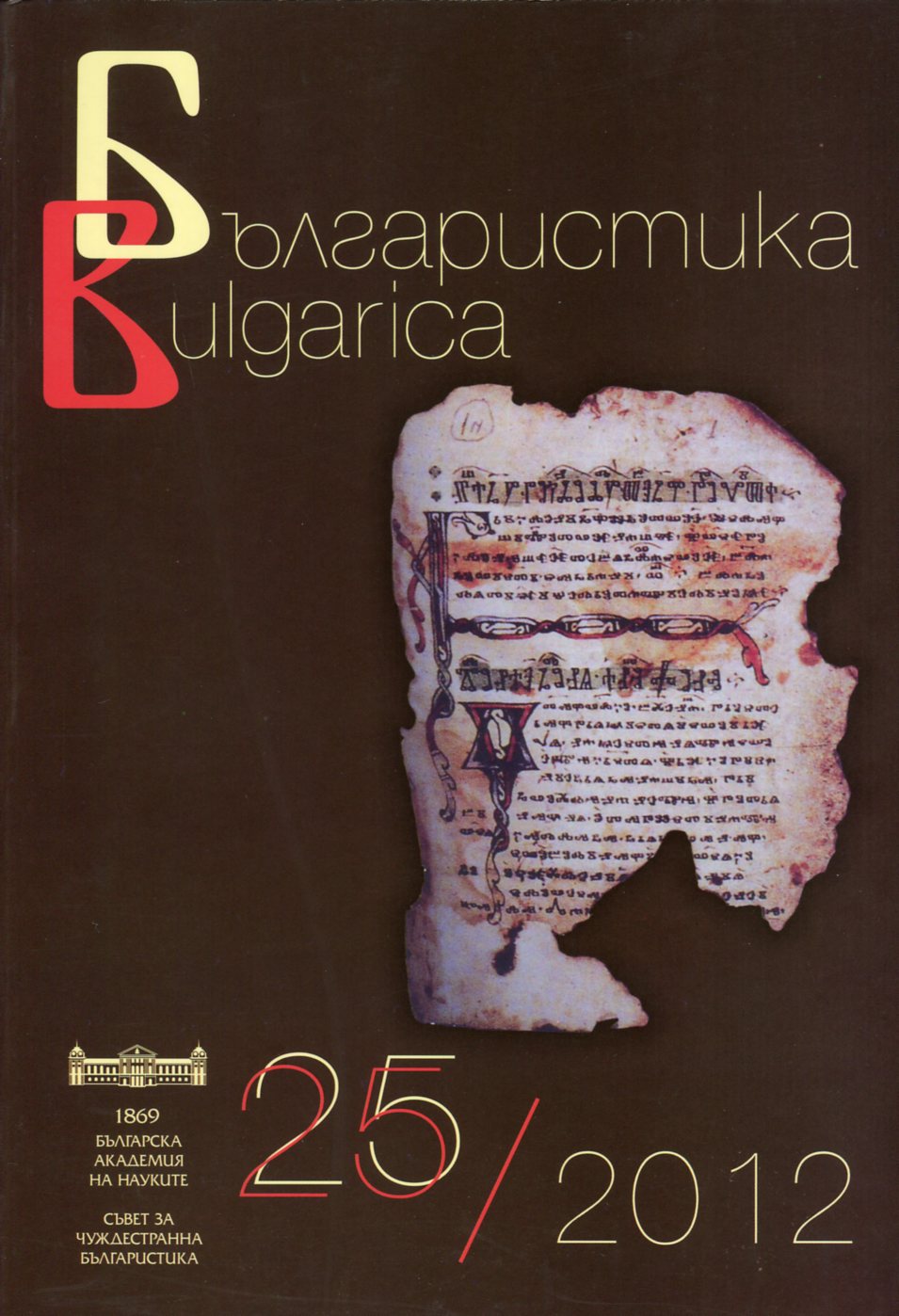
We kindly inform you that, as long as the subject affiliation of our 300.000+ articles is in progress, you might get unsufficient or no results on your third level or second level search. In this case, please broaden your search criteria.

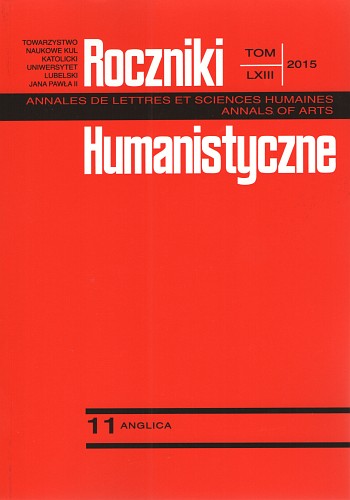
The contention of the article is to account for the sources of three non-etymological initial consonants in Irish, i.e. n-, t-, and s-. It is shown that the initial n- and t-, originally belonging to the definite article, attach to vowel-initial words through the process of metanalysis. Non-historical s-, in turn, operates as a phonaestheme, a segment serving an expressive function, identified universally in Indo-European languages as pejorative.
More...
In this paper it is suggested that in the ancestral stages of the system, Polish obstruents were characterized by the presence of an H element responsible for voicelessness instead of an L element, interpreted phonetically as full voicing, postulated for Present-day Polish and other Slavic systems. This claim is made on the basis of a CVCV analysis of Compensatory Lengthening—a process which affected the majority of the Slavic world in the period when particular Slavic languages were evolving from Common Slavic.
More...
The claim of the article is that the distribution of vowel quantity in Standard Scottish English is sensitive to the substantive complexity of the following consonant, which may block the licensing originating in the V position that follows the potential long vowel (Licensing Absorption). Licensing Absorption interact with the scale of the preponderance of A element within the featural make-up of licensed vowels thus deriving the attested pattern of the distribution of vowel length in SSE.
More...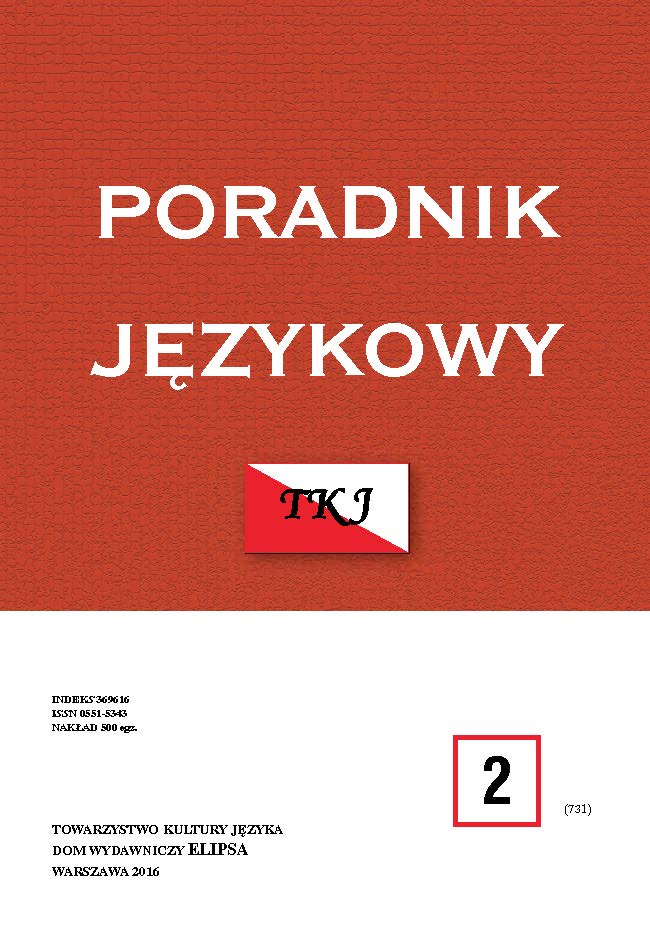
The paper undertakes the complex and largely neglected issue of the phonetic and phonological adaptation of English loanwords into Polish examined from the perspective of language-external factors involved in this phenomenon. They include the channel of borrowing (spoken, written and mixed), the period of time in which a word was borrowed, the degree of bilingualism of the target society and the nature of the source accent (British English and/or American English). On the basis of a rich body of language data it is shown how these factors contribute to the ultimate shape of anglicisms in Polish.
More...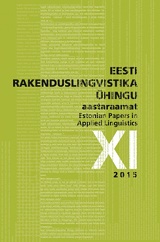
The aim of the present study is to test the Strong Morphonotactic Hypothesis (SMH), according to which speakers use morphonotactic consonant clusters as morphological boundary signals (Korecky-Kröll et al. 2014). It is hypothesized that morphonotactic clusters will be better retained during production than phonotactic clusters due to the function fulfilled by a morpheme. The study is based on experimental data collected from 60 Lithuanian TD children and 11 Lithuanian SLI children. This study explores the impact of morphology on the acquisition of phonotactics. The findings suggest that TD children process morphonotactic clusters more accurately than phonotactic clusters because morphonotactic clusters have the function of co-signalling the existence of a morphological rule. In contrast to TD children, for SLI children prototypical morphonotactic clusters are the most difficult as SLI children are not sensitive to morphological information which is carried by morphonotactic clusters.*
More...
This study examines the choice between the singular long and short illative case. The research question examined is which morphophonological variables are statistically significant for choosing the long or short illative case. The variables considered were gradation, the type and direction of gradation, the quantity degree of the base form, stem-final alternation and the stem-final alternation pattern, the final sound of the base form and the number of syllables in the genitive stem. The data for the study came from the Morphologically Disambiguated Corpus of the University of Tartu. A total of 1710 illative case forms were analysed. With the help of the computer software program R, a chi-square test and standardized Pearson residuals were performed. Based on the standardized Pearson residuals, the short illative is more likely when the word has gradation or quality alternation, the word has stem-end alternation, the final sound of the word’s base form is a consonant or there are more than three syllables in the genitive stem. Likewise, the short illative is more likely when the stem-final alternation pattern has words belonging to the seminar, redel, kringel, siil, sai, lagi, nali, sõber and õnnelik types. The long illative is more likely if the word has no gradation (or has quantity alternation), the word has no stem-final alternation (or the stem-final alternation pattern has the ending -(V)s, if the word has the ending -(V)ne or -ke, if the word belongs to the suur, küünal, soolane, uus–küüs, or käsi type, the final sound of the word’s base form is a vowel or there are three syllables in the genitive stem. The direction of gradation and the quantity degree of the base form are not statistically significant factors in the choice between the short and the long illative. However, the short illative form was preferred by all morphophonological variables in the analysed data. Future studies could perform a multivariate analysis with morphosyntactic and semantic variables.
More...
The Estonian word for bog ore and rusty water in a bog is maage (gen maake), in dialects also maake, maake and maak. The declensional pattern of these forms varies: they can be gradational or non-gradational, with final -e, -i or -a in the vocalic stem. Similar stem variants appear in adjectival derivatives with the suffix -ne. The distribution area of the dialect words in question is limited to the eastern part of the North Estonian dialect area. In closely related languages there are phonetically and semantically similar equivalents only in izhorian and Votic dialects. Often the rich variation of a dialect word is characteristic of loanwords. The distribution area of the nouns with the stem maag- and maak- shows that the donor language for the lexeme may have been Russian or Old Russian. The probable loan source is the Old Russian or Russian dialect word smaga, which originated from a Proto-Slavic verb with the stem *smag-, meaning ‘burn, singe’.
More...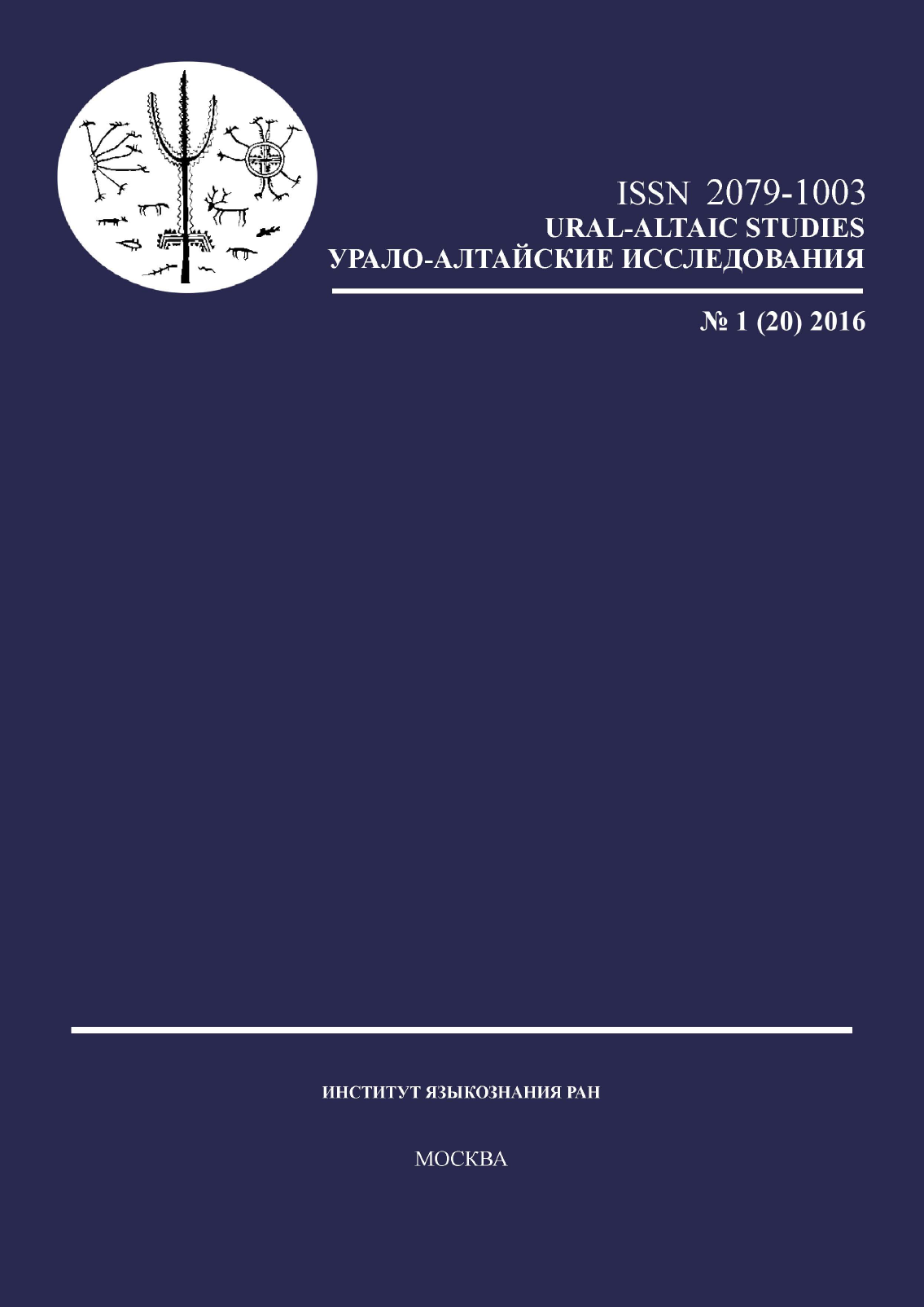
The article describes results of the newly conducted processing and analisys of the archived audio recordings of the Chulym language, which were kept in the Laboratory of Experimental Phonetic Research in RAS Siberian Branch Institute of Philology. Chulym is now at the brink of extinction, and the 1970s records reflect a signficantly better level of language knowledge. The main phonetic qualities of Chulym have already been recorded, but two important ones were found. For the first time the intermittent and pharyngealized vocal settings were identified in the Chulym language. Also, the author finds different types of pharyngealization, such as the type of tone and the duration.
More...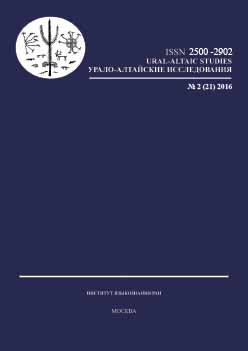
The article takes into account the field data collected by the author during work with native speakers of the Yamal dialect of Tundra Nenets in the Tambey tundra and Syo-Yakha (Yamalsky municipal district, Yamalo-Nenets Autonomous Okrug) in April―September 2010. The article deals with the problems of suprasegmental phonetics of the Yamal dialect (idiom of Syo-Yakha and the Tambey tundra of the Yamalsky municipal district). In it, basic and secondary acoustic correlates of stress (word accent) in the disyllabic underived nouns with homogeneous vocalic structure (with low and middle vowels) in the Yamal dialect are considered. The combinatorics of the primary and secondary acoustic correlates of stress in the Yamal dialect is also considered and the conclusion is made that the word accent in the Yamal dialect is expiratory and quantitative, i. e. the main acoustic correlates of stress are temporal marking and expiratory marking of a stressed vowel compared with the unstressed. While marking of a stressed vowel of the first syllable is mainly based on the expiratory emphasis, marking of a stressed vowel of the second syllable is based on the temporal emphasis, and that is explained by the general language tendencies (long pronunciation of the final open syllable and more loud and intense pronunciation of the beginning of a phonetic word compared with the end).
More...
In the paper, we consider morphological means and other structures used to express actionality types referring to quantitative meanings in Evenki. We focus on aspectual and actional verb affixes and on certain tense and participle markers that have the meaning of quantity, as well as on constructions with adverbs. We observe the use of these constructions in the corpus of oral stories in Evenki; a brief survey of every affix’s semantic characteristics is given, based on the corpus data and the data of the modern literate Evenk language's grammars. An approximate statistics of the use of those aspectual affixes that have a quantitative meaning in the corpus is also included. It is noted, that certain actional affixes' frequency of use in the corpus is different from that cited in standart literate Evenki grammars.
More...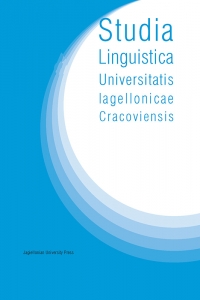
This article presents an etymological case study on Pre-Greek (PG): it analyzes about 20 words starting with the letter N that have been cataloged as ‹PG› or ‹PG?› in the new Etymological dictionary of Greek (EDG), but for which alternative explanations are equally possible or more likely. The article starts by discussing the Leiden etymological dictionaries series, then discusses the EDG and the concept of PG and then analyzes the individual words. This analysis is performed by giving an overview of the most important earlier suggestions and contrasting it with the arguments used to catalogue the word as PG. In the process, several issues of Indo-European phonology (such as the phoneme inventory and sound laws) will be discussed.
More...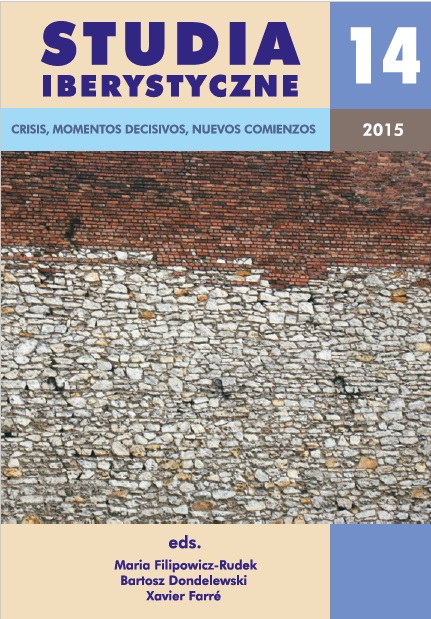
This paper aims to present the history of region of Miranda do Douro and phonetic system of Mirandese language. In the first part of the article we focus on the circumstances of Mirandese discovery in the reference to geographical location. In the second part we discuss the issue of granting language rights to Mirandese community. It was performed by bill which aim was to recognize Mirandese as the second official language of Portugal. Finally, we analyse selected phonetic aspects of the language in order to show the peculiarities of Mirandese phonetic system.
More...
The article aims to establish the possible source of Osip Mandel’shtam’s understanding of the notion of phoneme as reflected in his article “O prirode slova” (1921-22). Larissa Naiditch suggests that this source should be sought in the lectures by Jan Baudouin de Courtenay, one of the precursors of structuralism. It is known that during his studies at St. Petersburg University, Mandel’shtam attended Baudouin de Courtanay’s classes, thus it is likely that Mandel’shtam could reshape his professor’s ideas.
More...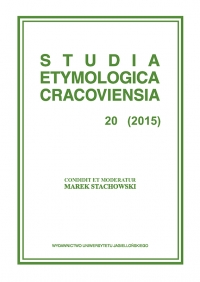
The discussion of the origin of the Turkish city name İstanbul that began well over a century ago has divided scholars into two groups: those who accept the Greek phrase εἰς τὴν πόλιν (or similar) as the source of the name, vs. those who try to trace it back directly to Greek Κωνσταντινούπολις ~ Κωνσταντινόπολις. The writings of both parties are encumbered by poor Turcology, inaccurate attention to early records and an overly narrow view of medieval Anatolian Greek phonetics. More scrupulous examination of all three types of evidence has revealed a more interesting picture than has previously been suggested.
More...
Some new examples of posttonic voicing/ lenition by *h3 are discussed, together with the usefulness of this property in accounting for seṭ roots in Vedic with unaspirated root finals. Along the way, a possibly new example of aspiration of a voiced stop by *h1 is indicated. The second property of *h3 is as anlaut consonant in PIE reconstructions currently having syllabic *u as anlaut.
More...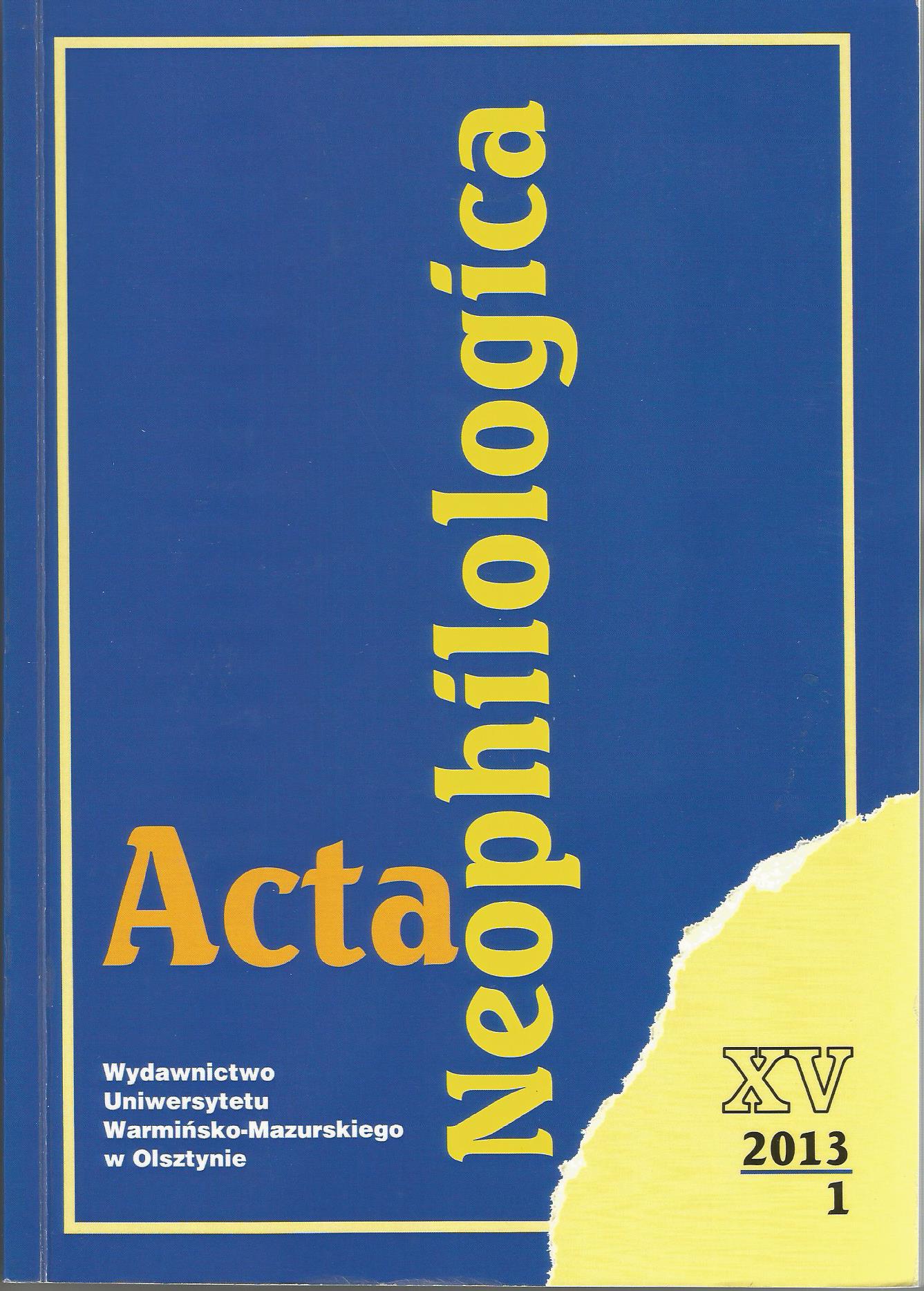
The paper offers a study of word-medial clusters in English and Spanish according toparameters established by Beats-and-Binding Phonology [e.g. Dziubalska-Kołaczyk 1995,2002, 2009]. The discussion shows that a syllable-less explanation allows provides insightswhich are not evident in syllable-based paradigms. Clusters are evaluated and discussed intwo groups: Spanish and English doubles and triples (plus more). The discussion also showsthat B&B Phonology is compatible with an ecological perspective towards language study.
More...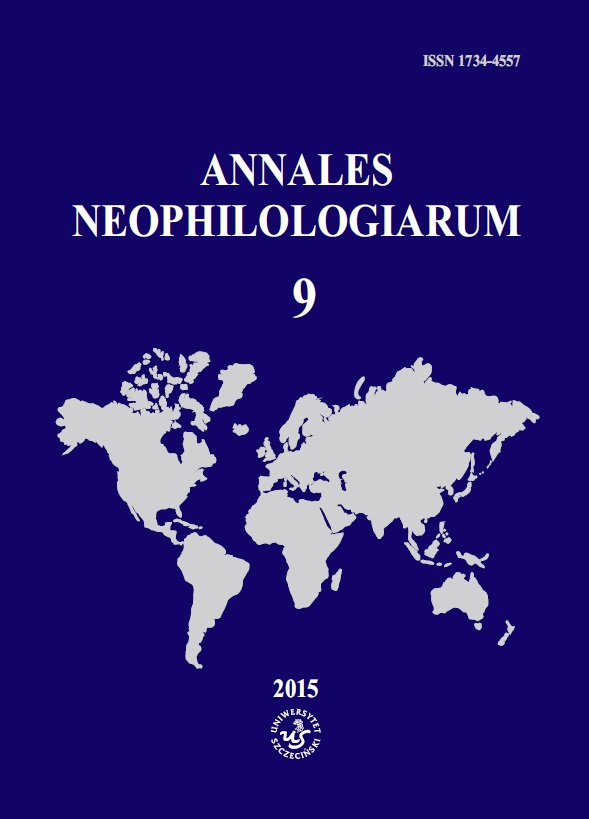
This article is concerned with the acoustic parameters of the syllabic r-sound of Croatian. The rhotic is regarded as a syllabic nucleus whenever it occupies the inter-consonantal position or one between a pause and a consonant, as in brdo ‘hill’ and rt ‘cape’, respectively. The results of the experiment conducted for the purposes of the paper indicate that syllabic rhotics are always pronounced with an epenthetic vowel that is considerably longer than the vocalic element found in consonant-rhotic-vowel sequences, thus the syllabic properties of the rhotic sound, which is typically pronounced as a tap, should be attributed to this vocalic constituent.
More...
The article presents on overview of the processes of vocalisation and intrusion on the basis of two contemporary English sonorant phonemes: /l/ and /r/. The study looks at the geographical spread of these phonological changes and discusses their historical motivation in order to present the main similarities and differences in the realizations of the two sounds. Finally, it presents the current status of the process of l-vocalisation occurring in the British Isles, which is one of the most recent phenomena to be observed in the language change.
More...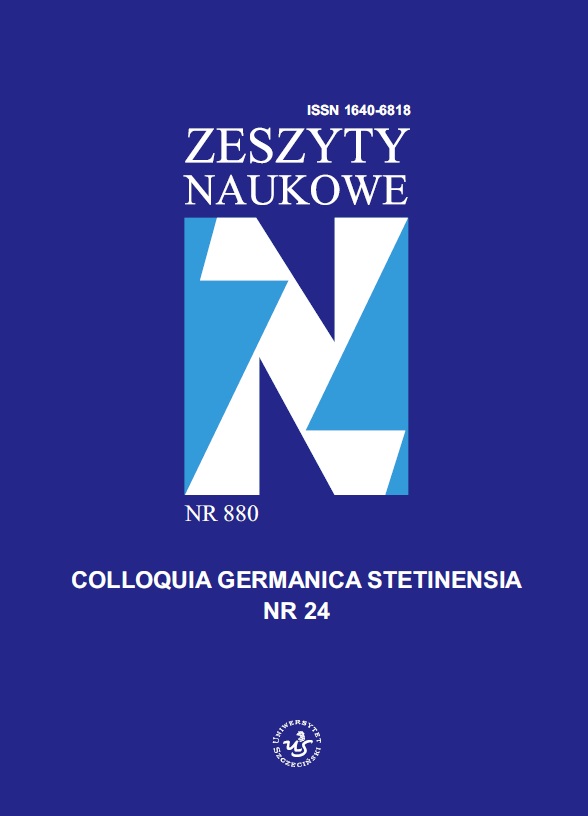
The Lotka Volterra Laws, apply to biological facts including chaotic systems. As such they also apply to sound change which is influenced by several articulatory (analogue) and auditory (digital) parameters; therefore sound change is predictable only to a very limited extent and can even seem chaotic. The same shortcoming is apparent in many human activities ranging from civilizations, history and economics to politics.
More...